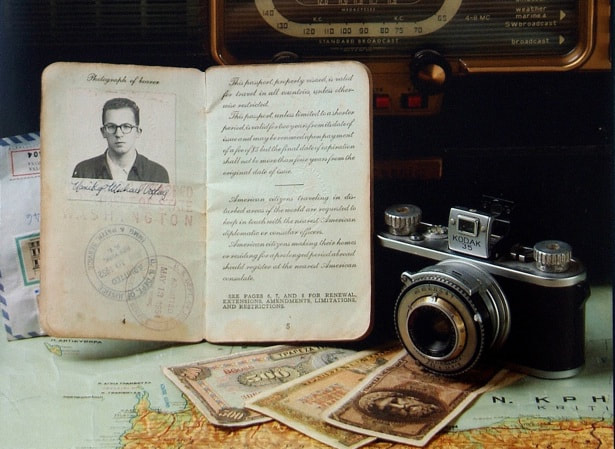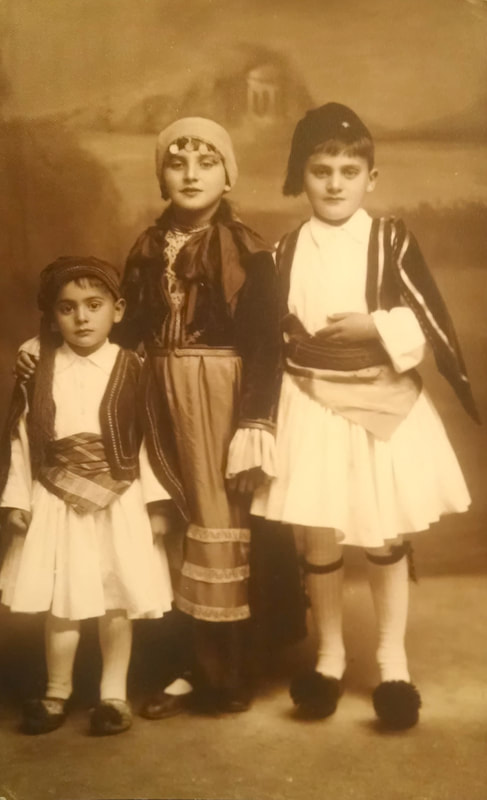The Learning Power of Storytelling
|
Storytelling is one of the oldest, if not the oldest, method of communicating ideas and images. Story performance honed our mythologies long before they were written and edited by scribes, poets, or scholars.
Stories stick in our heads, sometimes for years. But not much attention is given to storytelling. Why is that? Stories are more powerful today than ever. Why, because we are drowning in information. Good stories can cut through the noise. Personal stories feel “real” vs abstract concepts, statistics, or logical arguments. Stories capture people on an emotional level, creating a deeper, intimate bond. Stories are memorable. People forget facts but they remember stories. Brain researchers say human beings are hardwired to tell stories – to organize experience into a meaningful whole that can be shared with others. Giving students opportunities to use and direct this natural drive gives them a sense of confidence while it develops fundamental intellectual skills. Encouraging your students to create digital stories is not just a ploy to keep them interested; digital storytelling has proven educational benefits that help prepare students for success in the 21st century. The art of storytelling creates a profound shift from being externally directed by the world media to an experience of empowerment that involves the sharing of stories using state-of-the-art technology. This process honors individuals, families, and cultures by giving value to personal experience and is therefore a trustworthy tool for cultural preservation and global understanding. Having students create original works as a means of personal or group expression is a process. Using scraps of multimedia materials such as snapshots, music clips and other memorabilia from our lives, and combining them with our own words on a computer creates a unique story. “Those Shoes” by Constantine Vaporis |
'Invisible Words' Shape The Hidden Blueprint of All Storytelling
"From an evolutionary perspective, the structure of storytelling may provide a crucial way for people (or different groups) to share information… The optimal structure of storytelling, then, may originate from a natural inclination to first define objects/people and then assign action."
Storytelling: enhancing language acquisition in young children
Kathryne McGrath, et al. "Storytelling: enhancing language acquisition in young children." Education, vol. 125, no. 1, 2004, p. 3+. Gale General OneFile, https://link-gale-com.ezproxy.bpl.org/apps/doc/A124940258/ITOF?u=mlin_b_bpublic&sid=ITOF&xid=92d29b4e. Accessed 18 Aug. 2020.
Mello, Robert. "Mello: The Power of Storytelling. Volume 2 Number 1." Mello: The Power of Storytelling. Volume 2 Number 1. International Journal of Education & the Arts, 2 Feb. 2001. Web.
Vaporis, Constantine. "Those Shoes." YouTube, 30 Dec. 2014, www.youtube.com/watch?list=UUFXF4oA5e38c0X22gbaz7bw&v=fEqnWb8nd70.
Mello, Robert. "Mello: The Power of Storytelling. Volume 2 Number 1." Mello: The Power of Storytelling. Volume 2 Number 1. International Journal of Education & the Arts, 2 Feb. 2001. Web.
Vaporis, Constantine. "Those Shoes." YouTube, 30 Dec. 2014, www.youtube.com/watch?list=UUFXF4oA5e38c0X22gbaz7bw&v=fEqnWb8nd70.




